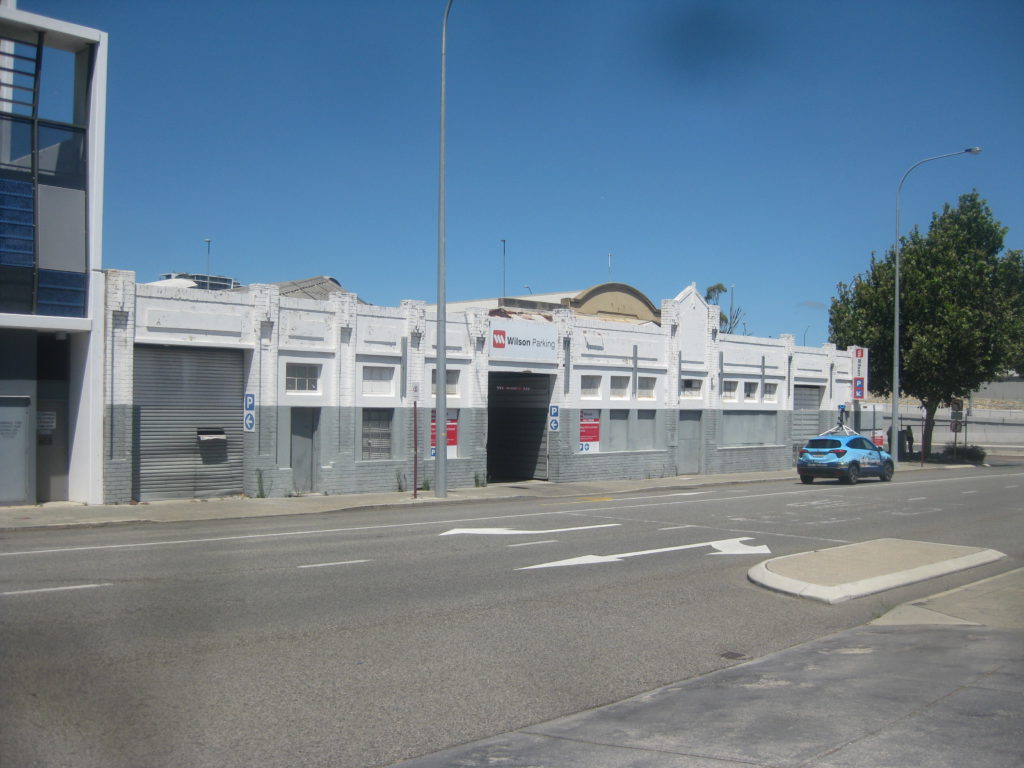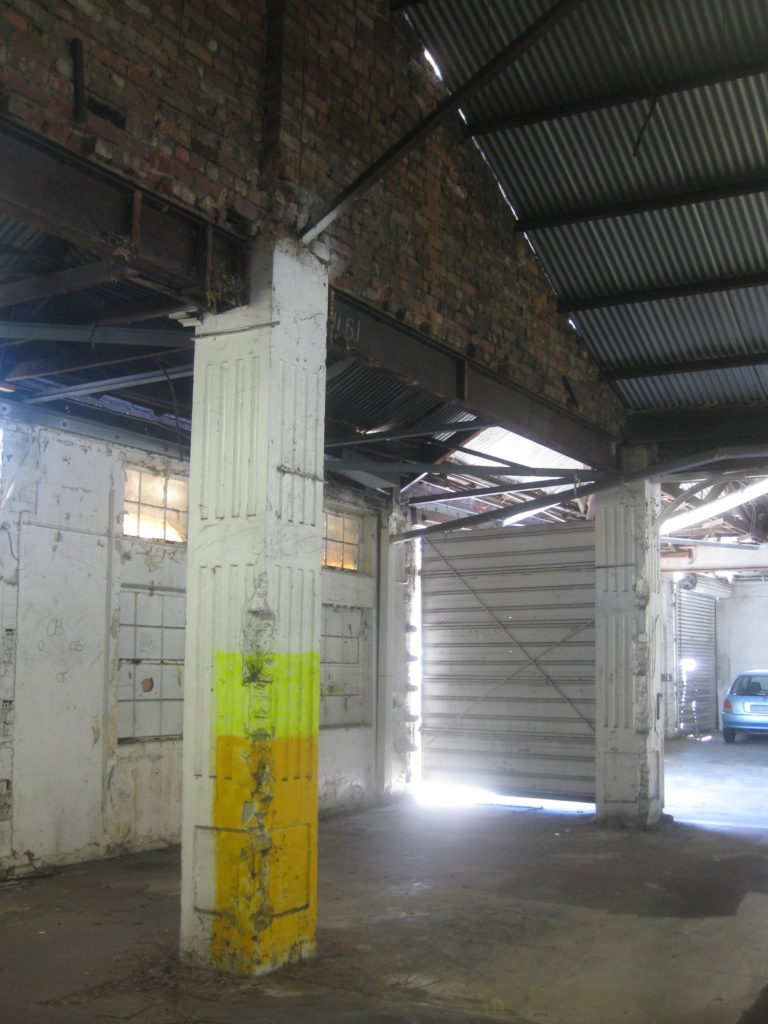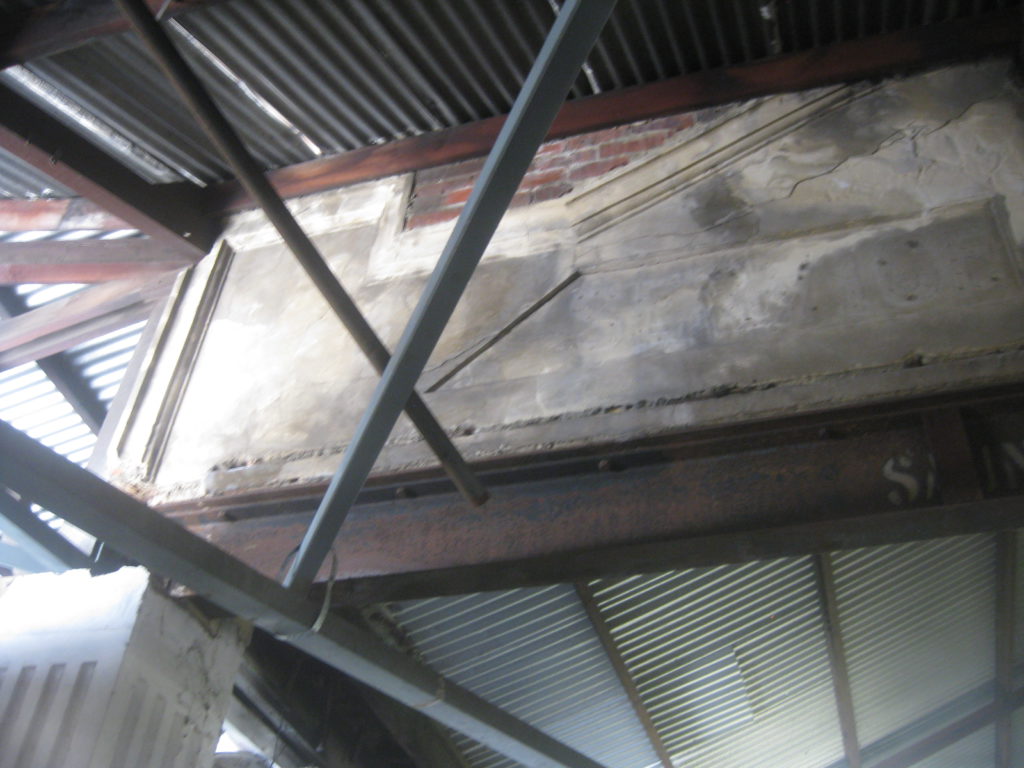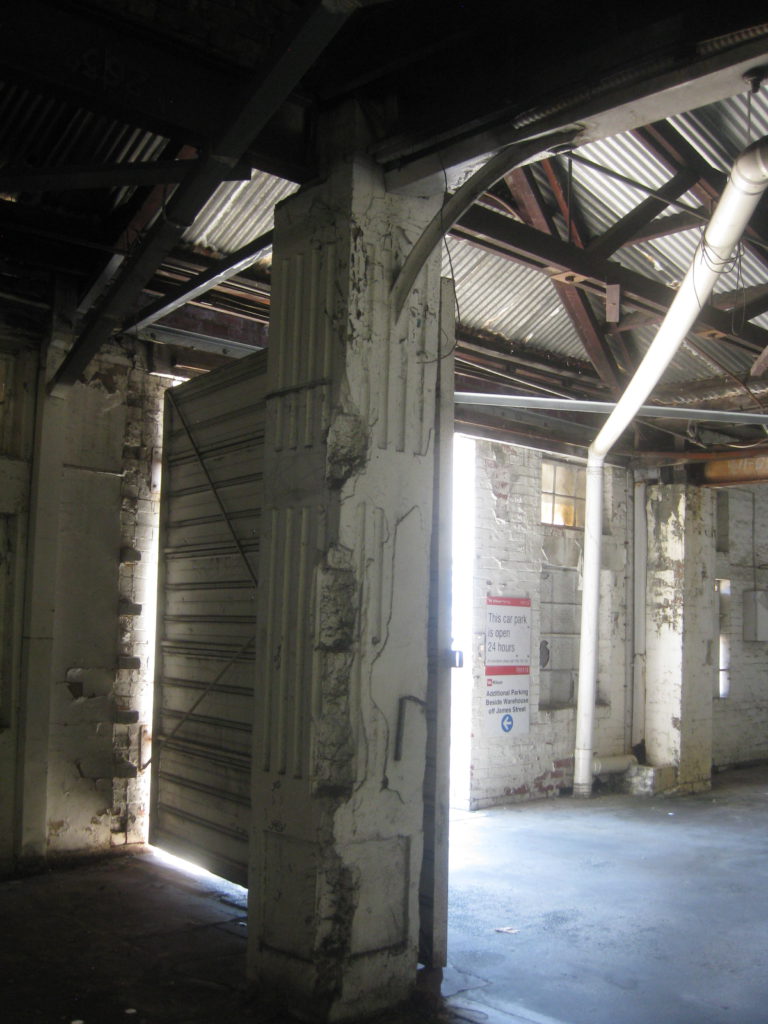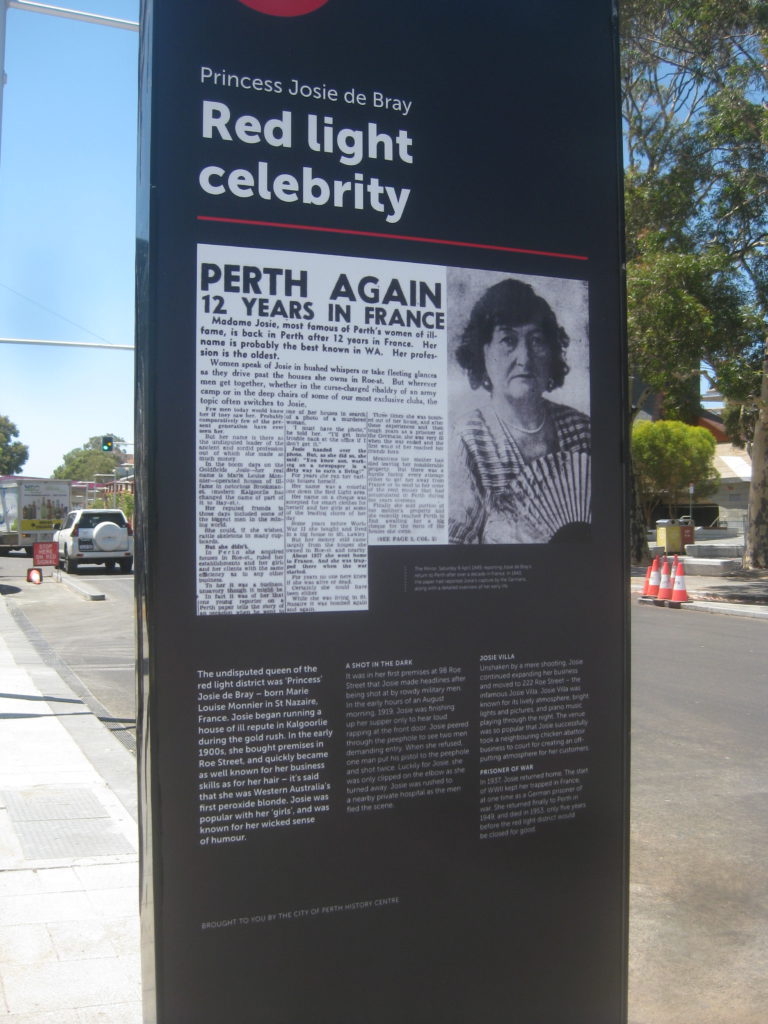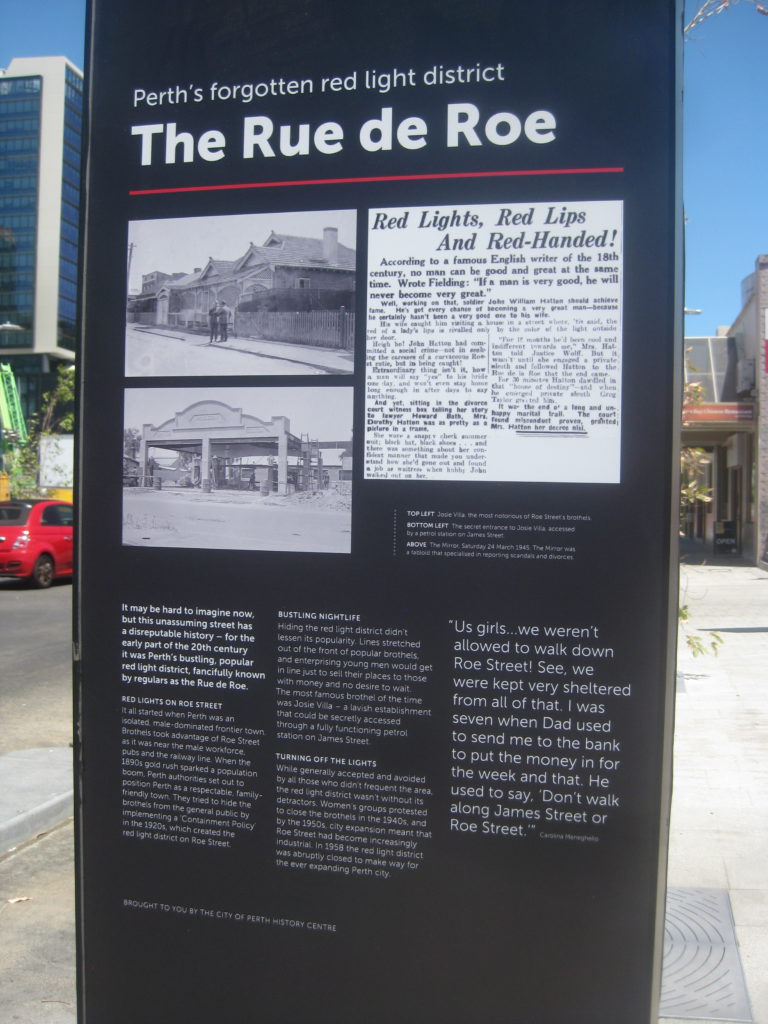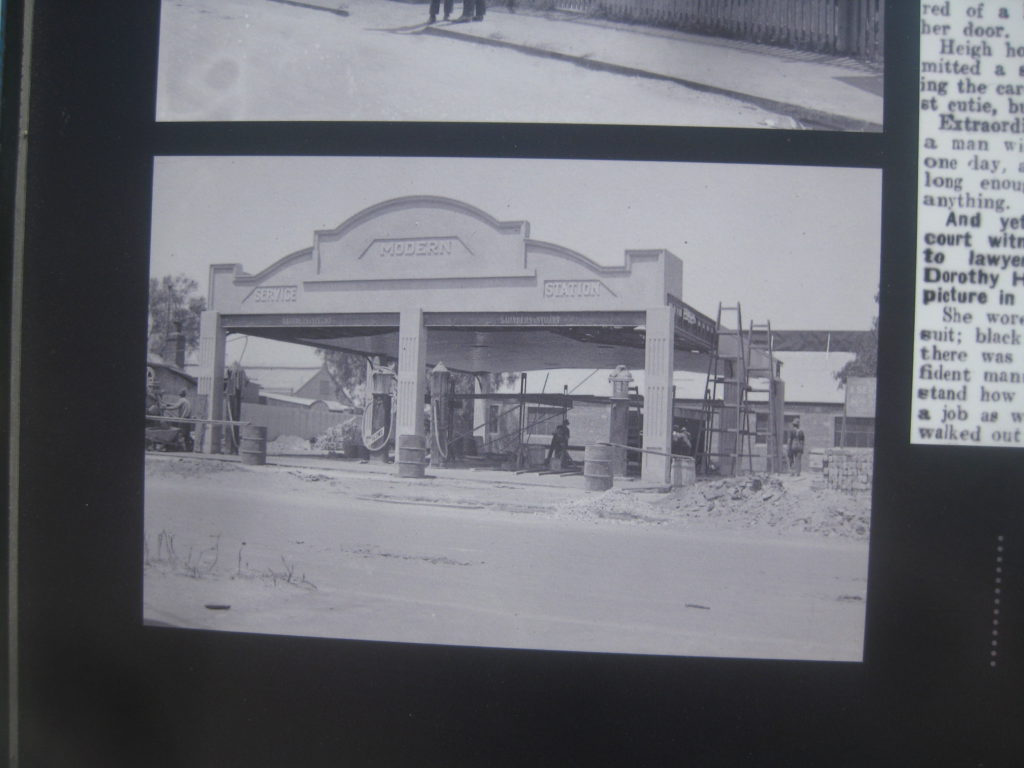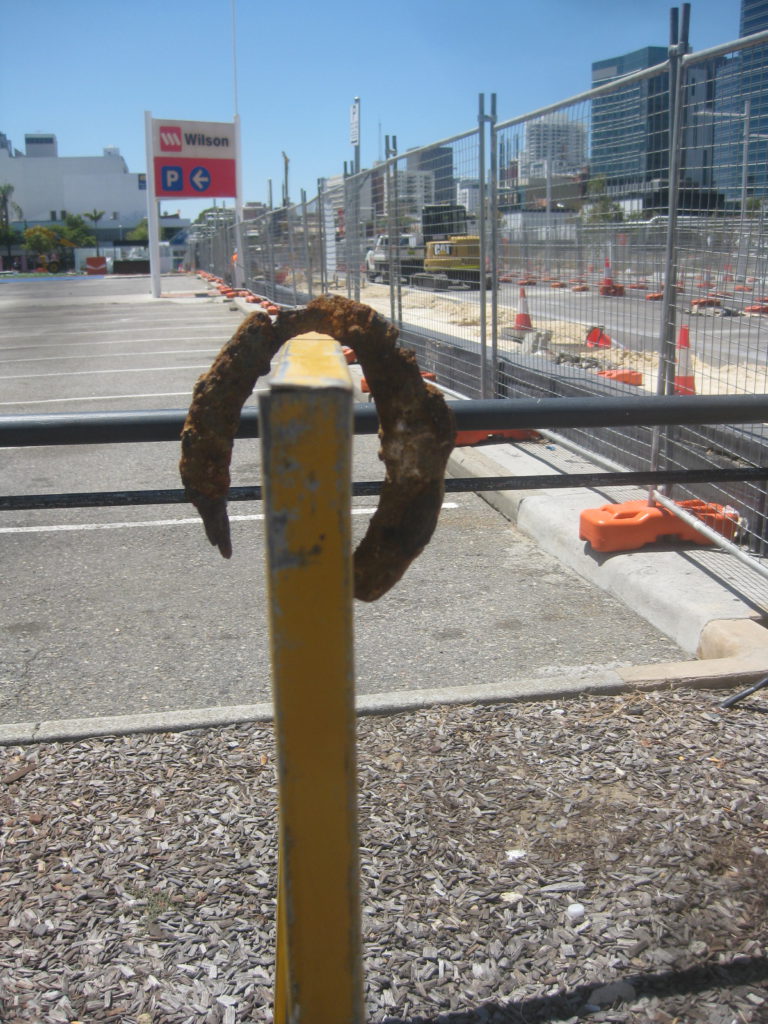An example of how history becomes story becomes myth.
Well I’m currently in the middle of two weeks’ holiday. You’d think this would give me time to actually catch up on various projects (including updating this blog more often) but I just seem to be kicking back and, well, hibernating as it were – sleeping late, watching DVDs, taking photos for Wikipedia articles, that kind of thing. I should probably feel guilty about this (well, maybe apart from contributing photos to Wikipedia I guess) but I’m working on the assumption that it’s what my brain and body need – I still have a week left to actually get things done in after all.
(Great, I now have Brian Dury and the Blockheads running through my brain 🙂
Anyway what prompted me to write something today is a post on a Delta Goodrem forum. I was not browsing this forum out of any affection for Ms Goodrem or the pained, Celine Dion style caterwaulings she produces under the guise of “music” – I was directed there after a Google search on Monte Cristo – the Junee residence alleged to be Australia’s most haunted house.
The post was written by a presumably (based on the fact that she’s posting on a Delta Goodrem forum and can’t seem to spell, use capitals or insert punctuation) young inhabitant of Junee going by the screen name of “VictoriaBush”. It starts of with an account of a rather amusing nightmare about evil Catholics, and then segues into a history of Monte Cristo, which I reproduce (with some improvements of grammar, spelling, punctuation and capitalisation) below…
Originally the house was built and five people lived in it – two sons, a daughter and their parents – and sometimes also two caretakers. They also had workers ’cause they owned cattle stock or something. Nowdays the house has extensions and wealthier people live there in the extended part of the house. Weirdos but yeah.
One [of the original inhabitants one presumes] went mental and shot two of his friends after seeing a movie. You know, the one that got banned? Well it got banned ’cause of this guy. I forget the name, I’ll ask mum later.
So he went insane, shot his two friends, dragged them back to his house and wrote on the door in the little back toolshed “Die Johnny die”. Then he carved it into the back table (which is still there). So his parents chained him up, and fed him bread-crumbs once a day and sometimes he got water. He was about 18 when this happened.
This is when things started to get haunted.
They couldn’t and still can’t have animals because they always end up mutilated, or the kittens or puppies do. The father died of blood poisoning and then the mother spent over 15 years in the mourning room and she died in there and the caretakers had to do everything for them. The daughter was found burnt to death in the stables. This is when the house went on sale.
It was brought almost immediately by a family who found the boy still in the back toolshed with really long nails all curled and in bad shape. He was sent to a mental asylum. About 10 years ago he died.
Then they renovated, and they knew the past behind the house so they have started a Ghost Tour business. So far I have only gone on the day trip. I’m NOT game enough for the night trip.
The little boys’ room is the most haunted and if you go in there, it’s just so ehh. And kids always go berserk in there.
OK, so what did I find so remarkable about this account that I had to share (or possibly inflict) it on you? The fact that it’s a stunning modern example of folklore in the making!
How so? Well, the events “VictoriaBush” relates are all based in fact (or at least reported fact), however they’re actually scattered across almost a century of time and happened to numerous different people and families. She’s conflated them all together to create a coherent narrative in the same way humans have done for millennia – creating a story about how a young man went mad and brought a curse down on his family. It’s great!
So what are the historical facts behind her tale? Well Monte Cristo was built in the 1880s by one Christopher William Crawley, a farmer who made a lot of cash when the Great Southern Railway came through town. He lived there with his family until 1910 when he died of blood poisoning from an infected carbuncle on his neck.
His wife (who had always been regarded as a terrifying harridan by the staff) went into mourning, converting one of the rooms to a chapel, obsessively reading the bible and only leaving the house twice in the next 23 years, dying in 1933.
Their several children went on to be quite successful, and the house remained occupied by the Crawleys until 1948. They then moved out and the place remained vacant – looked after by a series of caretakers – while they tried to find a buyer. One of the earliest caretakers was a housekeeper who had worked for Mrs Crawley and was allowed to stay on after her death. She had a mentally retarded son who was kept chained up in one of the outbuildings. On her death he remained chained up and unfed for several days before the police came to investigate her absence. He was discovered in appalling conditions (including uncut fingernails having grown into his palms) and was removed to the Kenmore mental home in Gouldborn, where he died not long afterwards.
The house remained empty, but watched by a series of caretakers until 1961 when the then caretaker was shot to death in an apparently motiveless crime by a local youth, who’d watched Alfred Hitchcock’s Psycho three times. He (or someone else with a macabre sense of humour) scrawled “DIE JACK HA HA” onto the inside of the door of the caretaker’s cottage in chalk (this has been preserved by the current owners). In the wake of this incident no new caretakers could be found, and the property was left derelict.
(It should be noted that Psycho has never been banned in Australia, although the more recent movie American Psycho has encountered classification problems.)
In 1963 the current owners moved in and began restoring the by now badly degraded and vandalised property. In the years since they (and their visitors) have encountered many puzzling and frightening phenomena including difficulty getting pets to stay in the house, and several instances of pet kittens being discovered mutilated in the kitchen (birds don’t seem to do well either). They’ve stayed on however and the house is now a major tourist attraction for fans of Victorian architecture and ghost hunters alike.
Over the years many rumours of murders and fatal accidents at the house during the Crawley’s ownership have surfaced, notably including stories of a baby or child dying on the staircase. Self styled mediums have also contributed their own impressions of the house’s history, including one story of a stable boy burning to death in the stables. No historical evidence of this incident has ever been found.
So there you have it, a round up of the full cloth “VictoriaBush”‘s story is cut from. One can see that her version has much more storytelling appeal, and it’ll be interesting to see if it manages to spread – at least among fans of Delta Goodrem 🙂
